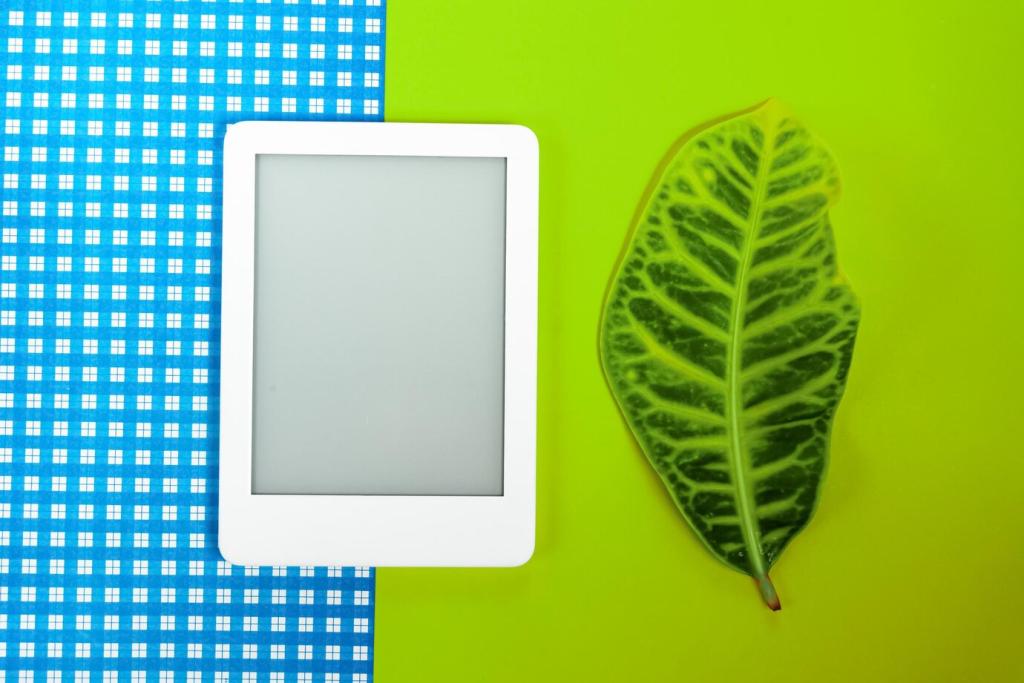
Innovative Sustainable Materials for Eco-Friendly Interior Design
Creating beautiful and functional interiors no longer means compromising the environment. Innovative sustainable materials have revolutionized eco-friendly interior design, offering high performance, aesthetic appeal, and minimal environmental impact. These novel materials empower designers and homeowners alike to make conscious choices that align with green living ideals, sparking creativity while protecting our planet for future generations.
The Rise of Eco-Conscious Design
Environmental Awareness Drives Material Innovation
The global emphasis on reducing carbon footprints and preserving resources has spurred remarkable innovations in material science. Designers are increasingly sourcing materials that are renewable, recycled, or biodegradable, thus lessening environmental impact. As public awareness grows, so does the demand for interiors that combine luxurious style with responsible material choices. This cultural shift fuels a thriving market for sustainable alternatives that don’t compromise on quality or beauty.
Tenant and Homeowner Demand for Sustainability
Consumers are now motivated by sustainable values, seeking spaces that reflect eco-conscious philosophies. Whether for homes, offices, or commercial interiors, individuals are asking more questions about the origin and lifecycle of the materials used. This demand translates into a competitive advantage for designers and brands who adopt and showcase responsible practices, fostering a new culture of transparency in interior design.
Regulation and Certification Impact
Increasingly stringent regulations and certifications shape the landscape of interior materials. Programs such as LEED and WELL encourage the use of vetted, sustainable resources, ensuring that spaces are healthier and less harmful to the ecosystem. These standards not only drive innovation but also provide consumers with assurance of environmental responsibility, elevating trust in both materials and design professionals.
Innovative Plant-Based Materials
Bamboo stands out for its impressive growth rate and exceptional durability. Often harvested every few years without replanting, it offers a sustainable alternative to hardwoods for flooring, cabinetry, and wall treatments. Its natural grain patterns and versatility ensure that it not only meets sustainability goals but also enhances spaces with aesthetic appeal, creating timeless interiors that minimize deforestation.

Recycled and Upcycled Materials
Glass with a Second Life
Recycled glass is being reimagined as stunning countertops, backsplashes, and flooring. Aggregates of post-consumer glass are bonded into durable slabs reminiscent of terrazzo, boasting vibrant colors and rich natural light refraction. The process dramatically diverts glass from landfills while offering high-performance surfaces that can withstand the challenges of everyday use.
Repurposed Wood and Timber
Reclaimed timber from demolished buildings, barns, and factories can be given new life as flooring, beams, and bespoke furniture. Each piece carries a unique patina and textural history, ensuring that finished spaces feel storied and authentic. This process reduces the demand for fresh lumber and highlights the beauty of imperfection, celebrating sustainability through craftsmanship.
Upcycled Metals in Design
Scrap steel, aluminum, and other metals can be upcycled into lighting fixtures, wall art, and structural elements. Upcycling lessens the drive for virgin mining and reduces energy-intensive refining processes. The industrial aesthetic of salvaged metal adds a bold, modern edge to interiors, underscoring the creative possibilities of sustainable material sourcing and responsible waste management.

Engineered Timber Products
Cross-laminated timber (CLT) and laminated veneer lumber (LVL) provide strong, lightweight, and dimensionally stable construction options. Manufactured from fast-growing, certified resources, these engineered woods reduce waste by utilizing every part of the tree. Their precision and strength allow for creative architectural expressions, making them ideal for exposed beams, floors, and wall panels.
Agricultural Waste Boards
Innovative agricultural byproducts—such as straw, rice husks, and coconut shells—are now engineered into sturdy panels for interior use. These boards offer the look and workability of wood while using materials that would otherwise be discarded or burned. In addition to reducing reliance on timber, agricultural waste boards support rural economies and close local waste loops.
Mycelium-Based Composites
Fungi-based mycelium composites are emerging as a radical alternative to traditional panels and insulation. Grown from agricultural residues bonded by fungal networks, mycelium forms lightweight, biodegradable materials with excellent thermal and acoustic properties. Their manufacture is energy-efficient and low in carbon, and at the end of their use, they safely decompose, leaving no toxic trace.
Low-Impact Finishes and Adhesives
Natural Pigments and Mineral Paints
Mineral paints and natural pigments, derived from earth oxides and plant extract, are free of harmful solvents and off-gassing chemicals. They offer deep, luminous colors and exceptional breathability, reducing mold risk and promoting healthy indoor climates. Enhanced durability, resistance to UV fading, and easy touch-ups make them a preferred choice for both residential and commercial interiors.
Bio-Based Sealers and Oils
Finishes made from linseed, tung, and citrus oils are now prevalent for protecting wood and stone surfaces. These oils penetrate deeply, providing nourishment and resilience without toxins associated with traditional varnishes. They accentuate the natural character of materials and can be renewed simply, extending the lifespan of floors, furniture, and joinery without environmental compromise.
Formaldehyde-Free Adhesives
Plywood, laminates, and engineered panels often rely on adhesives, which have historically off-gassed harmful formaldehyde. New bio-based and water-borne adhesives offer high performance without the toxicological risks. These formulas improve air quality and ensure that sustainable materials retain their eco-friendly credentials throughout their full lifecycle, from production to final installation.

PLA and PHA Polymers
Polylactic acid (PLA) and polyhydroxyalkanoate (PHA) are among the most promising bioplastics, created from plant starches and microbial processes. These materials can be molded into lighting fixtures, decorative tiles, and even furnishings. Their compostability and low embodied energy make them popular with designers eager to minimize interiors’ carbon footprints while exploring new forms and textures.

Innovative Algae-Based Materials
Algae, one of the fastest-growing organisms on earth, is now used to produce bioplastics with intriguing translucency and coloration. Algae-based bioplastics require minimal land and water, making their cultivation incredibly efficient and scalable. From light diffusers to decorative wall panels, these materials lend interiors a futuristic yet naturalistic feel, while helping to combat the accumulation of plastic waste.
Circular Economy Design Solutions
Design for Disassembly
Materials and assemblies are being developed for easy deconstruction at the end of their lifecycle. Fasteners and joinery allow pieces to be separated and reused or recycled, drastically reducing demolition waste. This approach invites flexibility in space planning and ensures that interiors can adapt to future needs without starting from scratch, enhancing both environmental and financial efficiency.

Smart Materials and Eco-Performance Innovations

Phase-change materials (PCMs) and thermally responsive composites store and release heat as temperatures fluctuate, enhancing interior comfort naturally. Integrated into walls, floors, or ceilings, they help stabilize indoor climates and decrease reliance on mechanical HVAC systems. This reduces both energy costs and environmental impact, moving spaces closer to net-zero sustainability goals.
